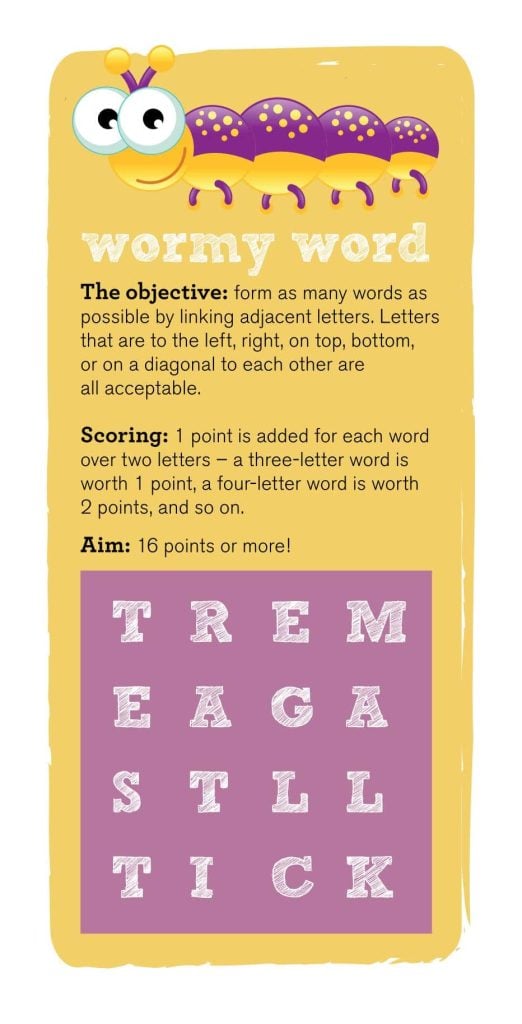
Allergic rhinitis ? better known as hay fever ? is uncomfortable and annoying for many Kiwi kids (and parents!). Here’s how to survive the suffering of seasonal allergies, explains Tiffany Brown.
Affecting about 20% of Kiwis, allergic rhinitis is generally considered more of a nuisance than a serious medical condition. But this doesn’t stop the affliction from having a serious potential impact on a sufferer’s quality of life. According to Allergy New Zealand, recent studies clearly demonstrate this burden, with 50% of patients affected for four months or more of the year, and 20% having symptoms for at least nine months. Hay fever sufferers frequently experience recurrent and prolonged sinus and respiratory infections. It is also an extremely common trigger for asthma.
What is allergic rhinitis?
Hay fever, as allergic rhinitis is commonly known, affects the nose and eyes when allergens come into contact with the moist lining of these areas. These allergens most commonly come from house dust, pet hair, pollens, and mould, and exposure to them can create an inappropriate immune response in sufferers. This causes a runny, itchy, stuffy nose and sneezing, and can also affect the eyes, sinuses, throat, and ears.
What causes it?
It is the wind-borne pollen from trees, grass, and weeds that cause seasonal allergic rhinitis. New Zealand’s indistinct seasons, overlapping seasons for various grasses and weed pollens, and the fact that many allergic rhinitis sufferers are affected by more than one type of allergen, combine to make it very difficult to pinpoint exact triggers for sufferers. Irritants like strong perfumes and tobacco smoke can also exacerbate the condition, and a patient’s individual season for experiencing symptoms may be fairly short, or may stretch across many months of the year.
How is it diagnosed?
Doctors confirm a diagnosis in general practice with a physical exam, a complete symptom history, and skin prick testing.
Allergic rhinitis and children
Around a third of the population of hay fever sufferers are affected before the age of 10. Allergic rhinitis tends to develop in childhood, with dust mite allergy occurring by the age of two, grass pollen allergy beginning around three or four, and tree pollen allergy developing at about seven years of age. For young children in particular, the persistent symptoms of hay fever can produce poor quality sleep, resulting in lethargy, lack of concentration, and behavioural problems, and so impact their learning.
What are the symptoms?
These may include any or all of the following:
- Stuffy nose, mouth-breathing, or snoring
- Bouts of sneezing (particularly in the morning), repeated nosebleeds, or watery nasal discharge
- Nasal-sounding voice due to blocked nasal passages
- Headaches, dizziness, or nausea due to pressure in the nose
- Itching eyes and nose, rabbit-like nose movements, and a horizontal crease on the bridge of the nose from rubbing
- Lower eyelids red and pebbled, or dark circles under eyes
- Frequent earaches, ear infections, or hearing loss
- Itching in the back of the throat, frequent throat-clearing
How can I avoid triggers?
If allergic rhinitis is diagnosed and the allergens affecting you are identified, the ideal way to recover your health is to avoid the triggers. Which is easier said than done! If you are allergic to pets, it might be time to say goodbye. Pet allergens remain in soft furnishings for quite some time after the pet is removed, so a thorough clean of walls, floors, carpets, furniture, clothes, and linens will be in order. If your allergy relates to dust mites, you can buy mite-proof covers for your bedding to reduce your exposure. Wash bedding in temperatures hotter than 55C. Freeze soft toys overnight, and dry them in the sun. Invest in a good-quality vacuum cleaner with HEPA filter to minimise regurgitation of dust, and minimise items that collect dust in the bedroom. However, if you do see a sudden surge of dust in your house then this could be a problem with the air duct and it may be time for it to get cleaned out or maintained by professionals like AirNow Cooling & Heating (https://www.airnowhvac.com/duct-services), this should dramatically reduce the amount of dust in your home and improve the overall air quality. Avoiding pollen allergen triggers is the most difficult task. Pollen is highest in the air in the morning, outside, on windy days, and after a thunderstorm, so try to stay inside during these times.
What else can be done?
If you can, talk to your doctor ahead of your individual allergic season about this strategy. Saline washes can help to clear and soothe the nasal passages. Eye drops containing decongestants and/or antihistamines may be used, but the unfortunate side effect may be further irritation of the eye. Prolonged use of decongestant eye drops also contributes to rebound worsening when stopped. Likewise, decongestant nasal sprays are a very short-term solution. These sprays can unblock the nose, but should not be used for more than a few days, or they may worsen the congestion. Anti-inflammatory (corticosteroid) nasal sprays reduce nasal inflammation, but work best when used in a preventative way. Non-sedating antihistamines may alleviate symptoms for you. These spray or tablet products may control sneezing, itching, and runny noses, but will not relieve nasal blockage. Immunotherapy is a desensitising strategy designed to “switch off” the abnormal immune response to the particular allergen causing your allergic rhinitis. An increasing dose of the allergen is administered over several months. While not all patients respond to this treatment, the majority experience at least some degree of relief from their symptoms, and it is the only medical treatment available that addresses the underlying cause of allergic rhinitis.
By Tiffany Brown







